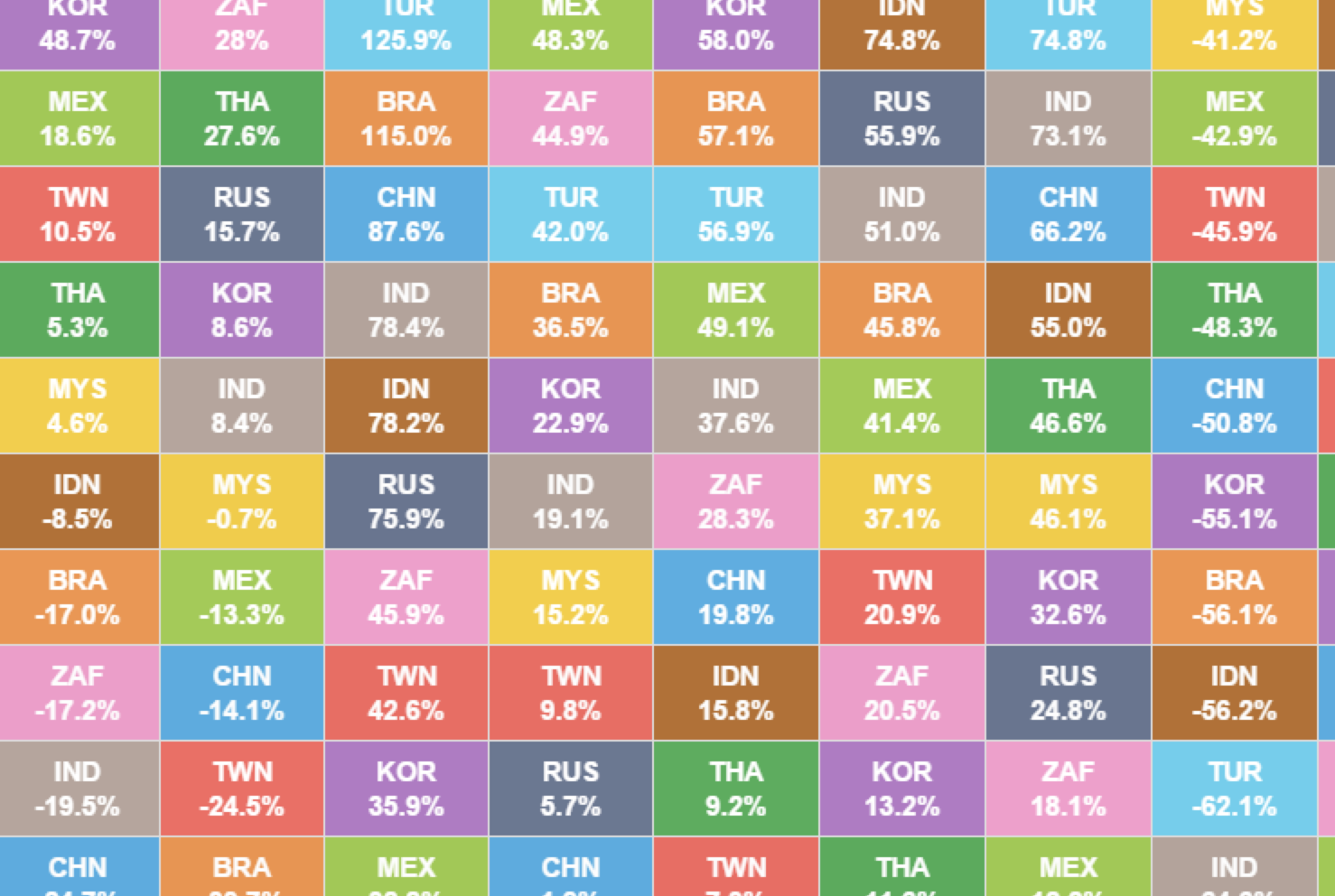by Cullen Roche, Pragmatic Capitalism
With assets pouring into index funds and ETF’s and away from traditional actively managed mutual funds it has never been more important to understand the process of portfolio construction. Although the industry appears to be moving in the right direction in many ways (primarily away from high fee closet indexing funds) you still have to be very careful about how you go about constructing a portfolio because there remains a great deal of misinformation.
In the last few weeks I have emphasized the myth of passive investing. That is, even if you use low fee index funds you still have to actively pick assets. This “asset picking” will be the key factor in your portfolio’s performance. In essence, we are all active asset pickers. And that means we are all relying on some implicit forecast and our ability to decipher how certain assets will perform in the future.
I should emphasize that I am not an advocate of traditional “active” management. In fact, I am an advocate of low fee indexing. But that doesn’t mean I think the distinction between “passive” and “active” is very useful. In fact, I think it’s rather dangerous. Here are two main reasons why I think this is so important:
1) Beware of advisors charging a high fee for “passive indexing”. Over the last 5 years I have noticed a growing trend in asset “management”. I see more and more advisors charging a high fee (usually between 0.5-1.5%) for “passive indexing” approaches. But what most of these advisors are actually doing is picking an asset allocation for you and then claiming that you need them to “manage” it for you over the long-term. And they will charge you the high fee for this service. This is nothing more than a form of active management sold to you under a different name. The fact that they are using low fee index funds does not mean they are not actively picking the asset allocation. This, in my opinion, is a worrisome trend that investors need to be keenly aware of. While paying a high fee for a closet indexing mutual fund is silly, it’s only marginally less silly to pay a high fee for someone marketing themselves as a “passive indexer” when the reality is that they are doing something that is simply a less active version of an alternative.
2) “Passive indexing” is better than closet indexing, but that doesn’t mean it’s necessarily smart. Portfolio construction is all about process. There is, by necessity, a certain degree of forecasting that goes into any form of portfolio construction. Some people just use historical data. Others try to gauge the business cycle. Others try to forecast returns using value metrics. There are lots of ways to make forecasts about the future and gauge how certain assets can help us meet our financial goals. But we should be aware of how most “passive indexers” go about doing this. In my experience, most of them are using historical data based on “factor” tilting. That is, they are basically expecting the future to look something like the past and they are actively tilting the portfolio in a specific way based on this view using a value, small cap or other “factor” emphasis. This is not necessarily bad, but I wouldn’t say it’s necessarily good either. As any Wall Street disclaimer will note, past performance is not indicative of future returns. This is as applicable to index picking as it is to stock picking….
Worse, what many of these “passive indexers” have done is constructed a strawman around “active” management. In an attempt to differentiate themselves from all things active they have overlooked the reality that they too are active asset pickers. As I showed here, many of these “passive indexers” are guilty of the same thing they accuse active managers of doing. What’s dangerous here is that they’ve pegged closet indexing mutual funds as the entire scope of “active” management in an attempt to claim that the indexing approach is necessarily different and superior. But the reality is that they’re just picking assets inside an aggregate just like stock pickers are. Yes, buying an index is certainly better than buying a high fee closet indexing mutual fund, but that doesn’t necessarily mean the underlying portfolio process and allocation is smart. It just means it’s smarter than something really bad (the high fee closet indexing mutual funds).
I think it’s important to go into the process of portfolio construction with your eyes wide open. We can all implement low fee and tax efficient portfolios while also remaining diversified through the use of index funds and ETFs. But I think we should also embrace the reality that all of this is part of an active endeavor. Marketing gimmicks are the cornerstone of Wall Street’s ability to sell you something. And when something sounds too good to be true on Wall Street that’s almost certainly the case. While the concept of “passive indexing” has grown in popularity it’s also become increasingly susceptible to misinformation. Hopefully my articles on this topic have helped to enlighten someone so they can avoid some of the pitfalls out there….
Copyright © Pragmatic Capitalism














